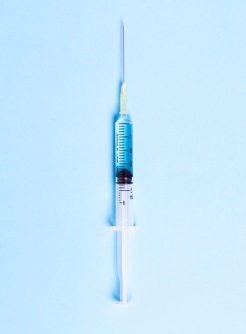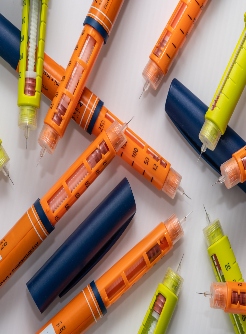Dorzagliatin Produces Type 2 Diabetes Remission in Certain Patients
By Andrew John, MD /alert Contributor
August 29, 2023
Treatment with dorzagliatin resulted in type 2 diabetes remission among certain patients for at least 1 year, stabilizing glycemic control without the need for further drug therapy, according to findings published in Diabetes, Obesity and Metabolism. Researchers in the study also identified possible factors linked with remission.
“Dorzagliatin is safe, well-tolerated with a very low incidence of hypoglycemia (< 1%) and effective in reducing blood glucose, especially postprandial glucose,” Jiao'e Zeng, MD, of the department of endocrinology at Jingzhou Hospital and Yangtze University, China, and colleagues wrote. “Here, we report the 52-week outcome of the DREAM study and the results from the analysis of the characteristics of the participants who entered the DREAM study and achieved stable glycemic control and diabetes remission. We explored whether the improvements in glucose sensitivity and disposition index play an important role in diabetes remission.”
The researchers took patients who received dorzagliatin in the phase 3, randomized, placebo-controlled, double blind SEED trial and enrolled them into a prospective cohort extension study called the DREAM study. The DREAM cohort ultimately consisted of 69 patients who attained stable glycemic control following the SEED trial, and who showed the potential to sustain remission from diabetes. All patients were treatment-naive when they began dorzagliatin.
Zeng and colleagues followed these patients for 1 year, during which time they did not receive any diabetes medication. The main outcome was the probability of diabetes remission at 52 weeks as measured by the Kaplan-Meier method. Zeng and colleagues also evaluated patient characteristics both before and after to evaluate possible factors connected to glycemic control and disease remission. They also performed a post-hoc sensitivity analysis regarding the likelihood of remission, using the American Diabetes Association’s (ADA) definition of diabetes remission. Researchers examined the patients’ glycemic control status at baseline, followed by 12, 26, 39, and 52 weeks.
Only 36 patients completed the full 52-week follow-up period in remission, the researchers reported. Twenty-two patients experienced relapses of hyperglycemia, whereas 11 failed to complete the study for reasons such as loss to follow-up (n = 3), choosing to quit the study (n = 5), compliance issues (n = 2), and other health conditions that required them to stop participating in the study (n = 1). The probability of remission from diabetes at 1 year was 65.2% (95% CI, 52-75.6) as measured by the Kaplan-Meier method. The probability of remission at week 12, according to the ADA’s definition of remission, was 52% (95%CI, 31.2-69.2), according to Zeng and colleagues. The researchers identified several factors associated with remission, including improvements in insulin secretion index (P = .0238), steady-state variables of HOMA2-β (P < .0001) and HOMA2-IR (P = .013), as well as disposition index (P = .003).
Zeng and colleagues noted that the study was limited by the fact that it was designed before the ADA released its consensus statement on diabetes remission, and the fact that they had only limited data available on patients’ time in range and glucose management indicator metrics. “[D]orzagliatin treatment leads to stable glycemic control and drug-free diabetes remission in drug-naïve patients with type 2 diabetes,” the researchers concluded. “Improvements in β-cell function and TIR in these patients are important contributors to diabetes remission.”
--
Disclosures: Some authors declared financial ties to drug makers. The study was supported by Hua Medicine.
Photo Credit: Getty Images.




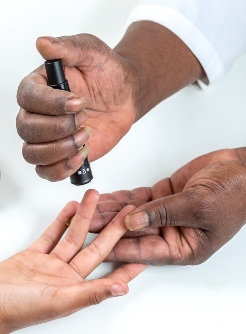



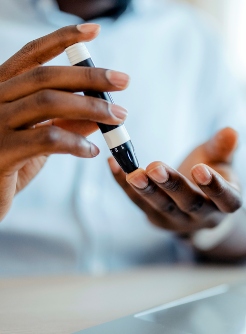

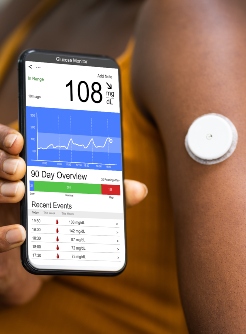











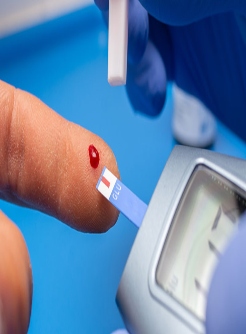



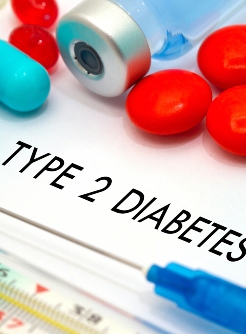



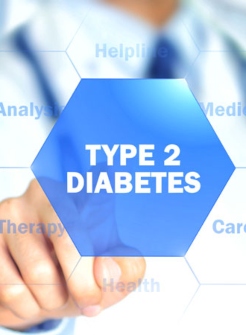
.jpg)
.jpg)

